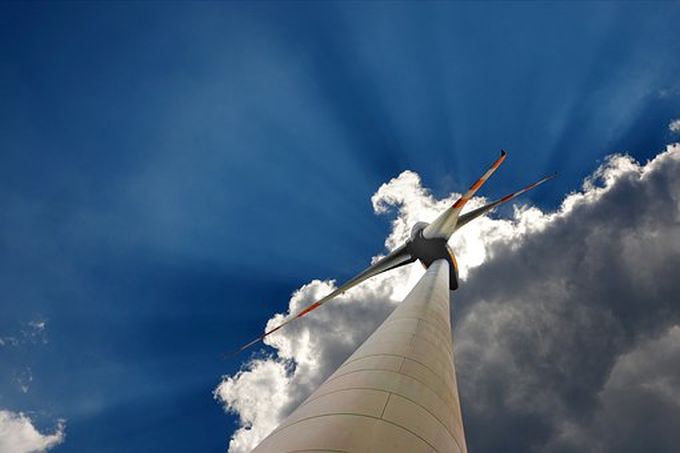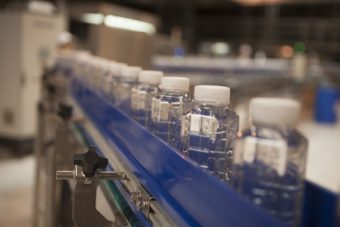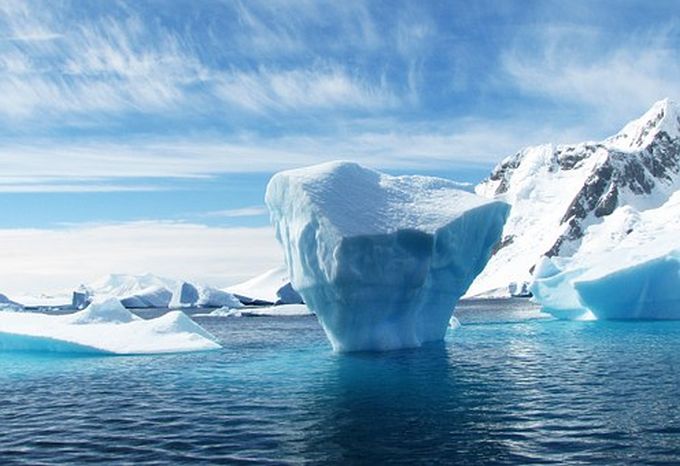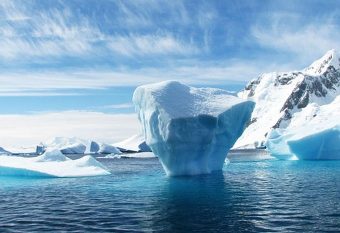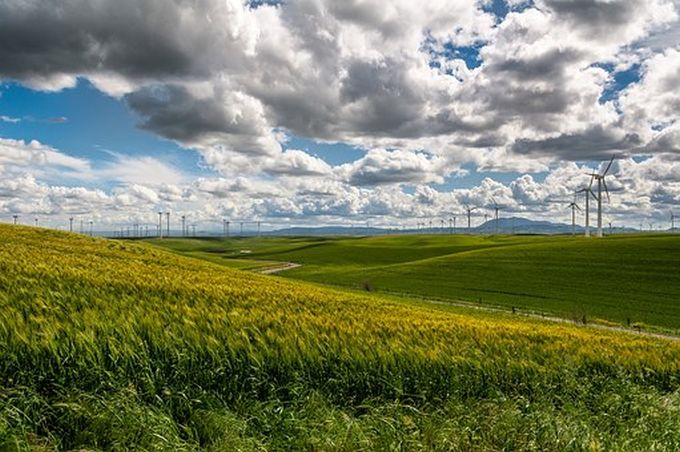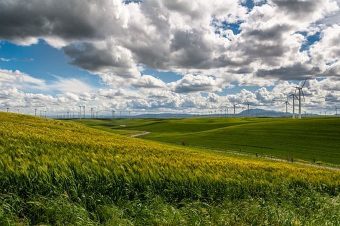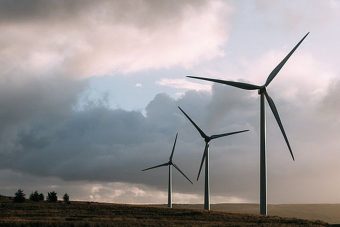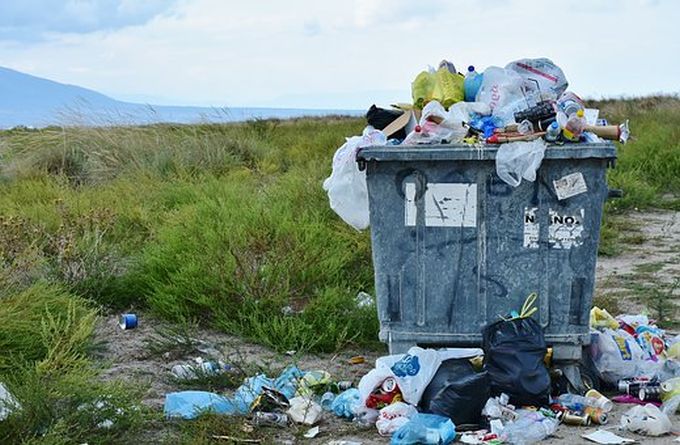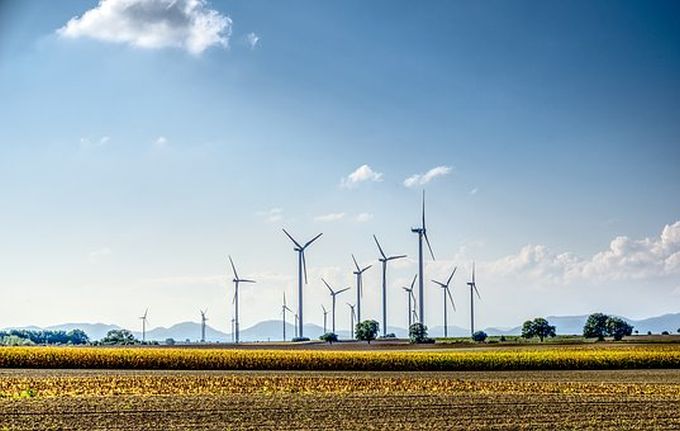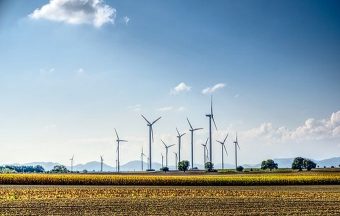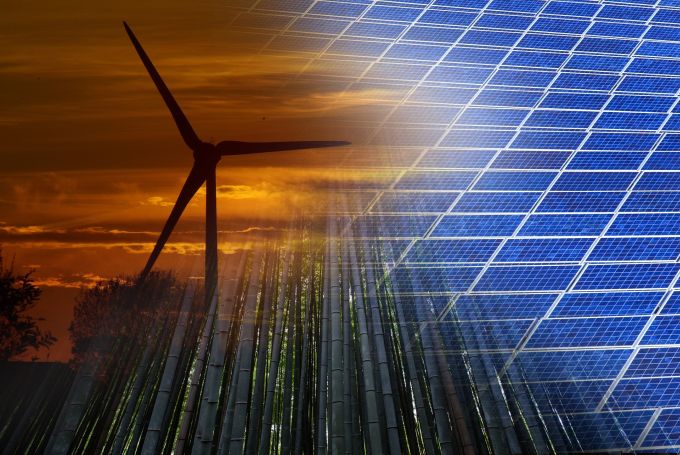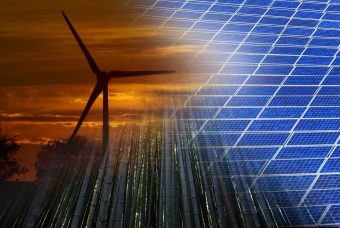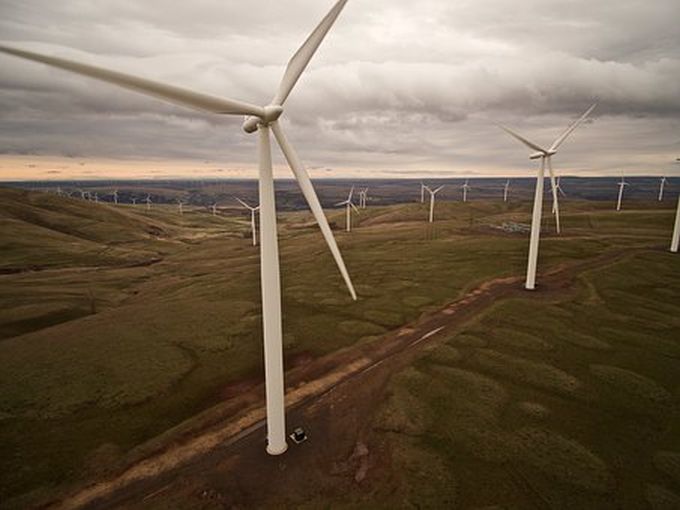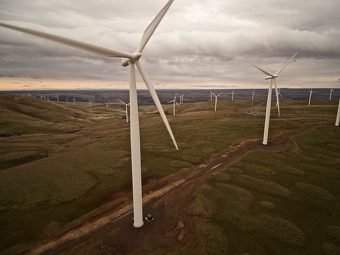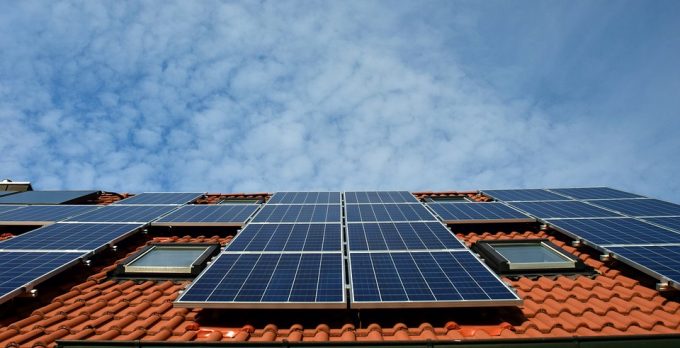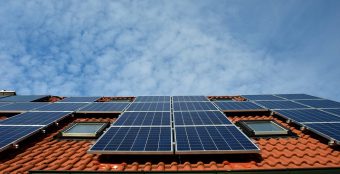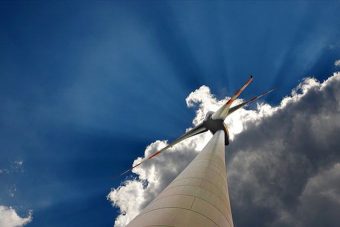
The burgeoning offshore wind industry in Taiwan has received yet another massive boost after one of the world’s leading offshore wind energy companies, MHI Vestas, announced that it has signed four Memorandums of Understanding with leading local companies to begin building out their supply chain in the region.
MHI Vestas — the joint offshore wind partnership between Mitsubishi Heavy Industries and Vestas — announced on Wednesday that it had signed four Memorandums of Understanding (MoUs) with four Taiwanese companies, namely CSMC for wind towers, Tien Li for blade manufacturing, Swancor for composites and resins, and Formosa Plastics Corporation for materials for blade manufacturing. The agreements are part of MHI Vestas’ ongoing manufacturing strategy in the region.
“The Taiwan offshore wind market has impressively put itself in a front-runner position in the region,” explained incoming MHI Vestas CEO, Philippe Kavafyan. “Having the benefit of early selection of a portfolio of projects allows us to enter into these manufacturing agreements with great confidence. We are honoured to announce these partnerships today – partnerships that will spur the expansion of highly-skilled, local manufacturing jobs.
“In bringing our market-leading 9 megawatt (MW) turbine platform and a rich heritage of energy infrastructure experience through Mitsubishi Group, MHI Vestas is well positioned to be the market leader in Taiwan.”
The MoUs also build on Mitsubishi Group’s existing experience in energy infrastructure in Taiwan, giving MHI Vestas a leg-up in its build-out.
“Mitsubishi Corporation (MC) has been actively operating in Taiwan since the 1940s, especially in the power business,” added Mitsubishi Corporation Taiwan Chairman & CEO, Mr. Koji Nemoto. “MC has installed a number of power plants together with MHI for Taipower and other owners. At the same time, MC has been building a great relationship with MHI Vestas through the offshore wind business in Europe.”
“With this background, we highly welcome and fully support MHI Vestas for its market entry to the emerging offshore wind market in Taiwan and we are confident that they will greatly contribute to realising the energy transition in Taiwan.”
The move by MHI Vestas follows a bevvy of similar announcements from offshore wind competitors Siemens Gamesa and Ørsted (formerly DONG Energy) over the past few months, which highlights a new focus on the Taiwanese offshore market and its surrounding regions.
In January of last year, DONG Energy invested in Taiwan’s first offshore wind farm, the 120 MW Formosa 1 project set to be developed by local company Swancor Renewable, and also supported by Macquarie Capital. In December, the company now known as Ørsted announced that it had moved several steps closer to beginning work on the massive 2 gigawatt (GW) of Taiwanese Greater Changhua offshore wind projects, acquiring environmental approval and securing a subsea cable partner in Taiwanese Woen Jinn Harbour Engineering.
“Local content has been placed at the center of our project development activities,” said Matthias Bausenwein, Ørsted’s General Manager Asia Pacific and Chairman Taiwan. “In the past year, the local Ørsted team has met over 170 Taiwanese companies and identified 15 companies for close collaboration. CWP has a very strong background in large-scale steel manufacturing and shown significant ambition to invest in offshore wind manufacturing business.”
At the same time, the newly-formed Siemens Gamesa has been making its own way into the Taiwanese offshore wind market, signing in December a Memorandum of Understanding with the Taiwan International Ports Corporation to investigate the possibility of developing an offshore wind manufacturing and deployment site. Siemens Gamesa also opened offices in Taipei, the capital of Taiwan, and signed a second MoU to explore potential manufacturing sites at the Taichung Harbor for offshore wind components, office facilities, and staging areas including storage, pre-assembly, and quayside load-out.
“The promising potential of the Taiwanese offshore market combined with our positive experience with the government has encouraged us to intensify our efforts,” said Andreas Nauen, CEO Offshore, Siemens Gamesa Renewable Energy. “We are convinced that this emerging market offers interesting business opportunities. As one of the world’s leaders within the offshore wind industry, we look forward to gaining a foothold in this market.”
Source: cleantechnica.com


